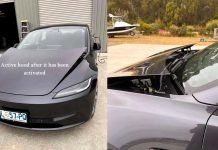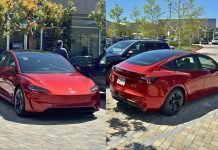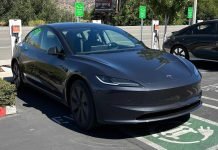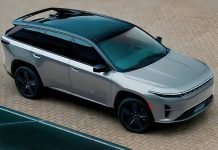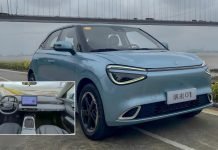A recent publication from the Manhattan Institute critically examines the widely propagated environmental and economic advantages associated with electric vehicles, a narrative that has gained considerable attention among policymakers and auto manufacturers.
Authored by Mark Mills, a senior fellow at the Manhattan Institute, the report titled “Electric Vehicles for Everyone? “The Impossible Dream” conducts a comprehensive exploration into the contentious debate surrounding the rapid electrification of the U.S. transportation sector.
Mills challenges the prevailing belief in the anticipated benefits of EVs, including reduced consumer costs and a positive impact on the electric grid, suggesting that these outcomes may not align with the complexities of various real-world conditions.
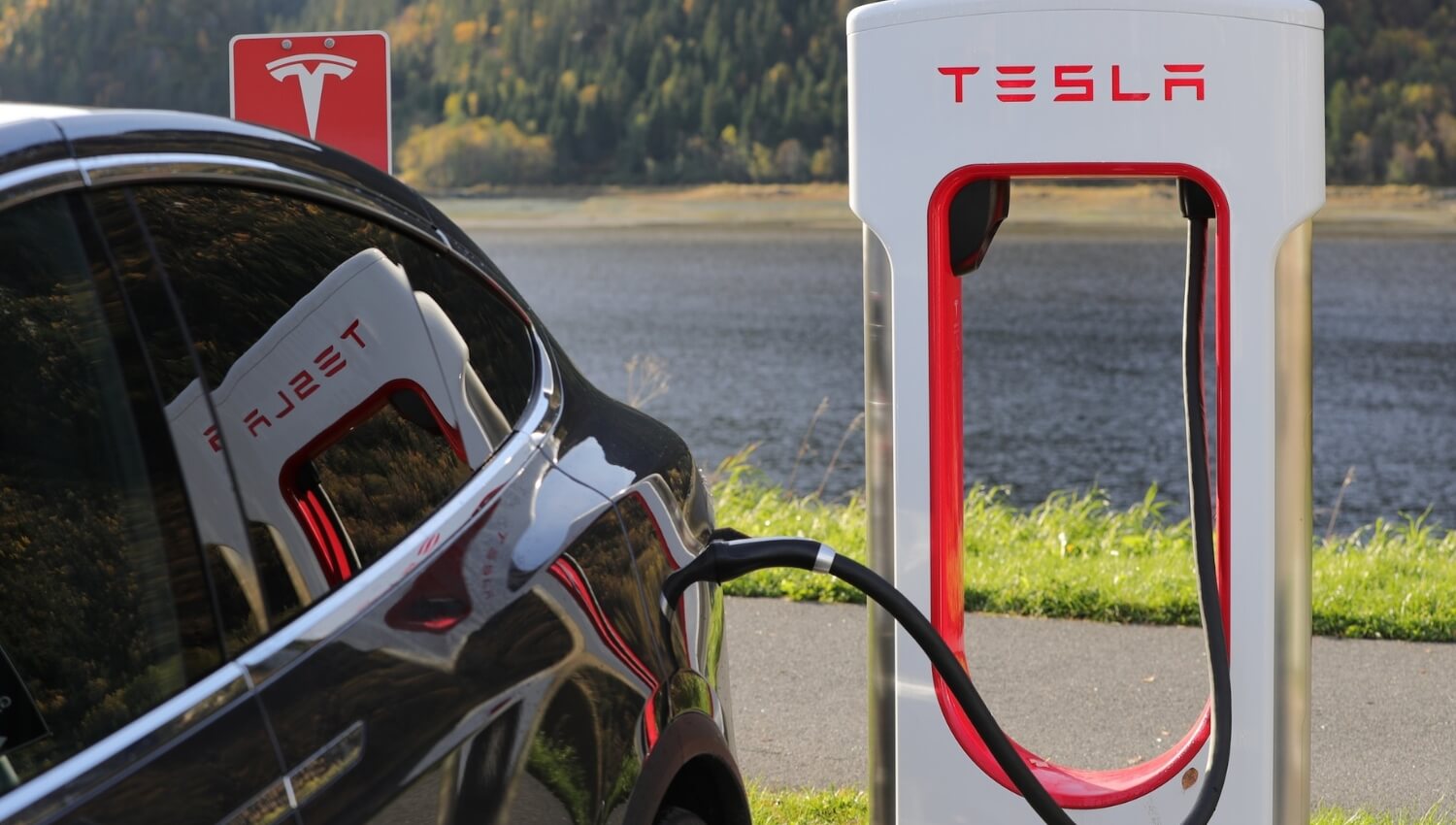
Electric Vehicles’ Climate and Financial Footprint
The report covers a wide horizon of plausible scenarios wherein the widespread adoption of electric vehicles could potentially contribute more to global emissions than their traditional internal combustion counterparts. Mills’ analysis sheds light on the need for a nuanced understanding of the challenges and potential drawbacks associated with the widespread promotion and adoption of electric vehicles. As discussions surrounding the future of transportation intensify, this report calls for a closer examination of the practical implications and trade-offs involved in transitioning to electric vehicles on a large scale.
To quote his exact words, he says “The potential repercussions of subsidies and mandates pose a significant threat, possibly resulting in the most substantial misallocation of capital in modern industrial markets. Pursuing these mandates is expected to involve the expenditure of hundreds of billions of dollars, as indicated in the report. However, the report suggests that these efforts may not yield the intended goals.
The endeavor to achieve them could incur extensive economic and social costs due to underlying premises that are either incorrect, insufficiently understood, or challenging to quantify, thereby influencing the decisions currently being implemented.”
Mills offers a critical perspective on the government’s aggressive push for widespread EV adoption, challenging the assumption that this strategy serves as a dual remedy for environmental concerns and a cost-effective solution for consumers. The notion hinges on the promise of maintaining vehicle prices at current levels while reducing economy-wide carbon emissions.
However, the report highlights the intricate and multifaceted nature of both emissions and costs associated with EVs. Mills introduces the concept of “realistic scenarios,” emphasizing the potential for electric vehicles to unintentionally contribute to increased global emissions compared to their internal combustion counterparts.
Lifecycle Emissions of Electric Vehicles
In navigating the discourse around EV adoption, it becomes evident that a nuanced understanding of the environmental and economic implications is crucial. Mills’ insights shed light on the need for a comprehensive approach that considers realistic scenarios, ensuring that the pursuit of sustainability aligns with practical outcomes. As discussions on EVs continue, acknowledging the complexities outlined in the report becomes imperative for informed decision-making in both policy and consumer realms.
The impact varies based on the timing and location of the vehicle’s charging,” he explained.
“Additionally, one must consider the emissions generated before the vehicle reaches your driveway for the first time. This involves CO2 emissions associated with the energy used in the vehicle’s manufacturing process, including materials and machinery.”
“Approximately 15 to 20% of emissions linked to a traditional internal combustion engine occur before it hits the road,” he elaborated.
“For electric vehicles, the share of emissions spans from 15% to 100% of the total lifecycle emissions. These emissions are notably higher than conventional vehicles due to the production of components like a fuel tank, battery, and the procurement of challenging-to-obtain metals.”
Recent Legislative Developments in EV Policy
This report emerges against the backdrop of ongoing legislative initiatives at both the federal and state levels aimed at phasing out traditional gas-powered vehicles while promoting the widespread adoption of electric vehicles. In December, the Environmental Protection Agency (EPA) unveiled stringent regulations targeting heavy-duty trucks, positioning them as the “strongest-ever national clean air standards” crafted to mitigate smog- and soot-forming emissions. These regulations, effective as of March 27, are set to apply to new trucks sold after 2027.
Demonstrating a steadfast commitment to emissions reduction, the EPA proposed ambitious federal tailpipe standards in April. If these standards are officially ratified and put into practice, the White House envisions a significant transition towards electric vehicles, projecting percentages as high as 67% for specific vehicle categories by the year 2032.
Furthermore, in March 2022, the EPA reinstated California’s authority under the Clean Air Act, endowing the state with the capability to enforce its emission standards and electric vehicle sales mandates. This reinstatement permits other states to adopt California’s regulations, fostering a ripple effect throughout the nation.
August marked another pivotal moment as the California Air Resources Board, a pivotal state environmental agency, endorsed regulations stipulating that all car purchases in California—leading the nation in annual car sales—must be zero-emission by 2035. This influential decision is poised to have a significant impact, given that nearly 20 states intending to adopt California’s regulations collectively account for over 40% of total U.S. car purchases.
Final Observations of the Report
In the event of implementation, prohibitions on traditionally powered vehicles are poised to result in severe obstacles to affordable and convenient driving, alongside a substantial misallocation of capital within the $4 trillion global automotive industry,” Mills mentioned in his report.
“Envisaging a hypothetical scenario of an all-electric vehicle world necessitates acknowledging the inherent complexity arising from a multitude of assumptions, estimations, and uncertainties regarding emissions,” he concluded.
“Collecting much of the essential data may prove unattainable through standard regulatory channels, given the technical uncertainties, diverse and opaque geographic factors, and the proprietary nature of many processes.”
“These uncertainties could lead to chaos if U.S. and European regulators incorporate ‘green disclosures’ into legally binding frameworks, with the potential for manipulation, if not outright fraud.
Writer’s Remark
The evolving landscape of automotive regulations and the pronounced push towards electrification paint a complex picture. While lawmakers champion the environmental benefits of EVs, Mills’ report serves as a reminder of the importance of critically examining the potential trade-offs and challenges associated with the widespread adoption of electric vehicles. As the debate continues to unfold, the future of transportation in the U.S. remains a dynamic and evolving narrative.

